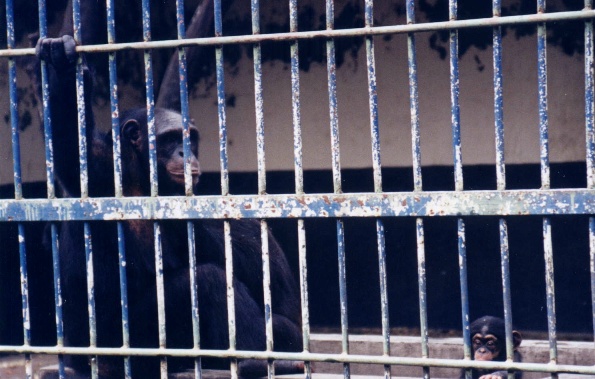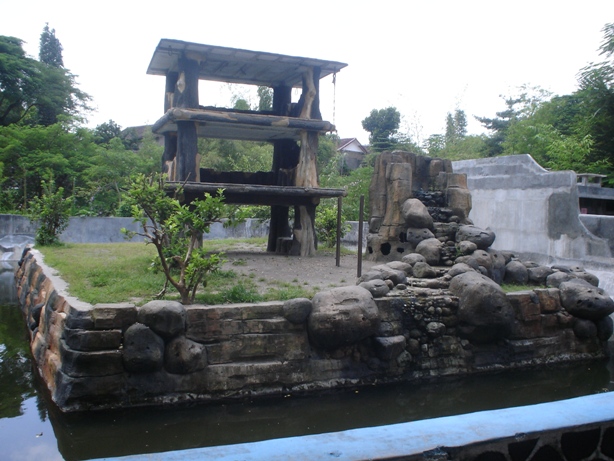In 2001, ACRES was shocked to discover ex-photography chimpanzees from Singapore Zoo Gardens (SZG) languishing in terrible conditions at Surabaya Zoo in Indonesia. Concerned as to the fate of other ‘surplus’ chimpanzees from SZG, ACRES managed to locate all thirteen chimpanzees who had been sent from the Singapore Zoo to other zoos around Asia and the Middle East since 1990.
From June 2001 to August 2002, ACRES investigated the fate of surplus chimpanzees exported by SZG to foreign zoos. This investigation was conducted in collaboration with the World Society for the Protection of Animals WSPA) and the International Primate Protection League (IPPL).
The main aim of the investigation was to establish the living conditions and welfare of the surplus chimpanzees sent by SZG to foreign zoos.
The overall objectives of the investigation were:
- To investigate and establish the quality of life and welfare of surplus chimpanzees exported by SZG.
- To conduct a behavioural study on these chimpanzees and identify abnormal behaviours where present.
- To assess the general housing and husbandry conditions of the zoos these surplus chimpanzees had been sent to.
- To assess the educational aspect of the enclosures the surplus chimpanzees lived in.
In total, ACRES visited six zoos housing ten of the surplus chimpanzees in Indonesia, Malaysia, China and India. The zoos in Dubai and Japan were not visited due to financial constraints.



 break;
break;
break;
break;





